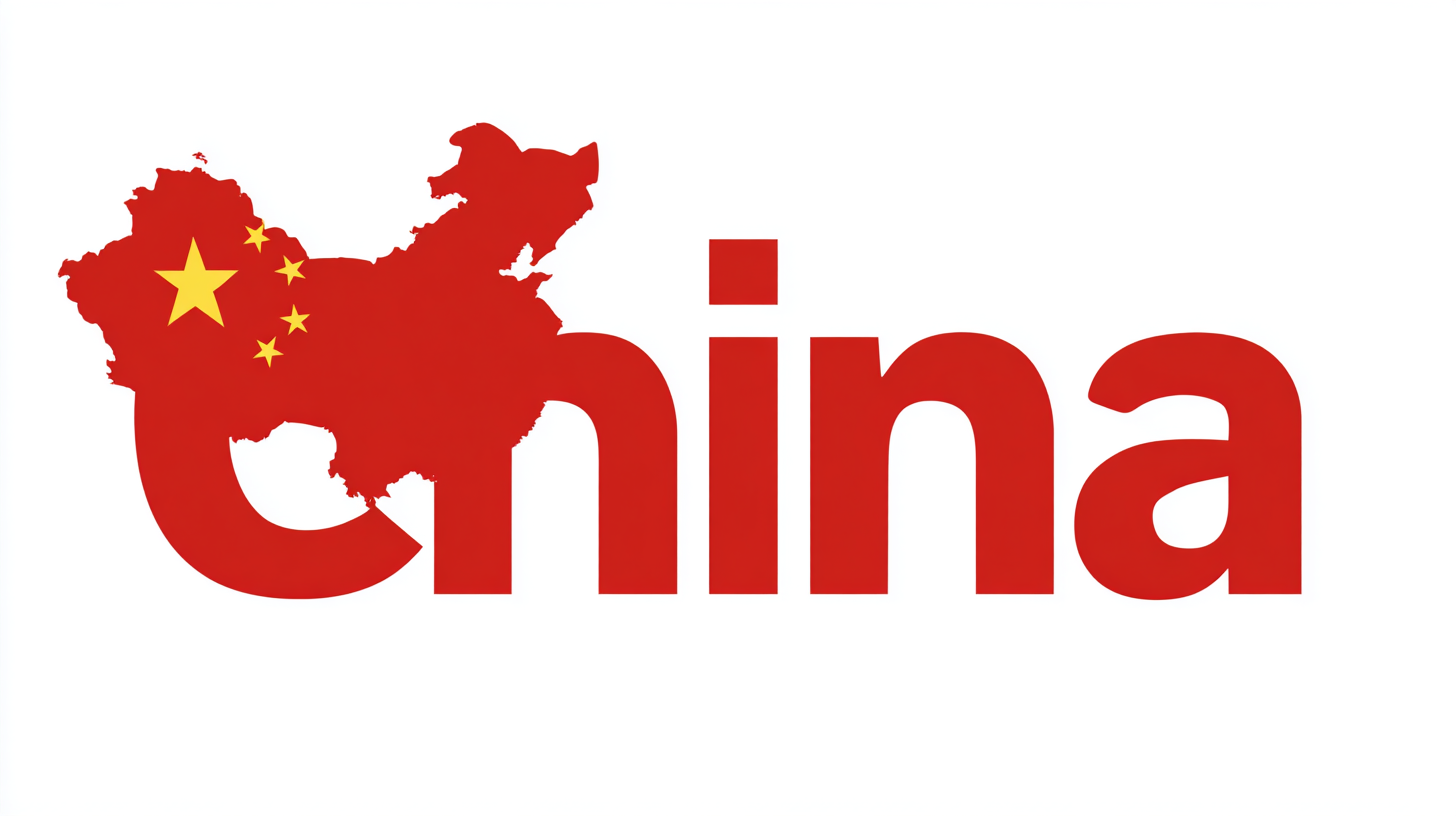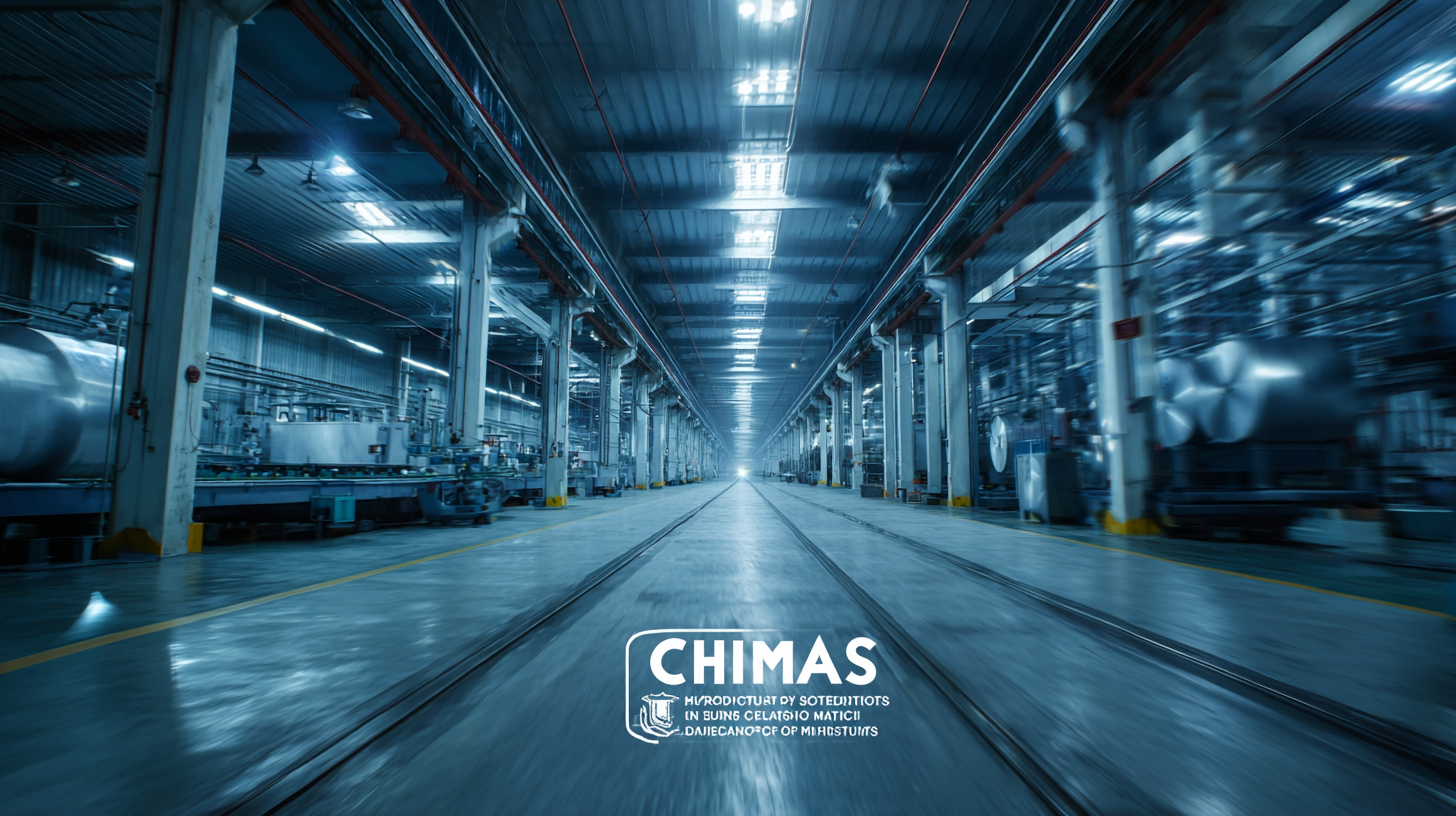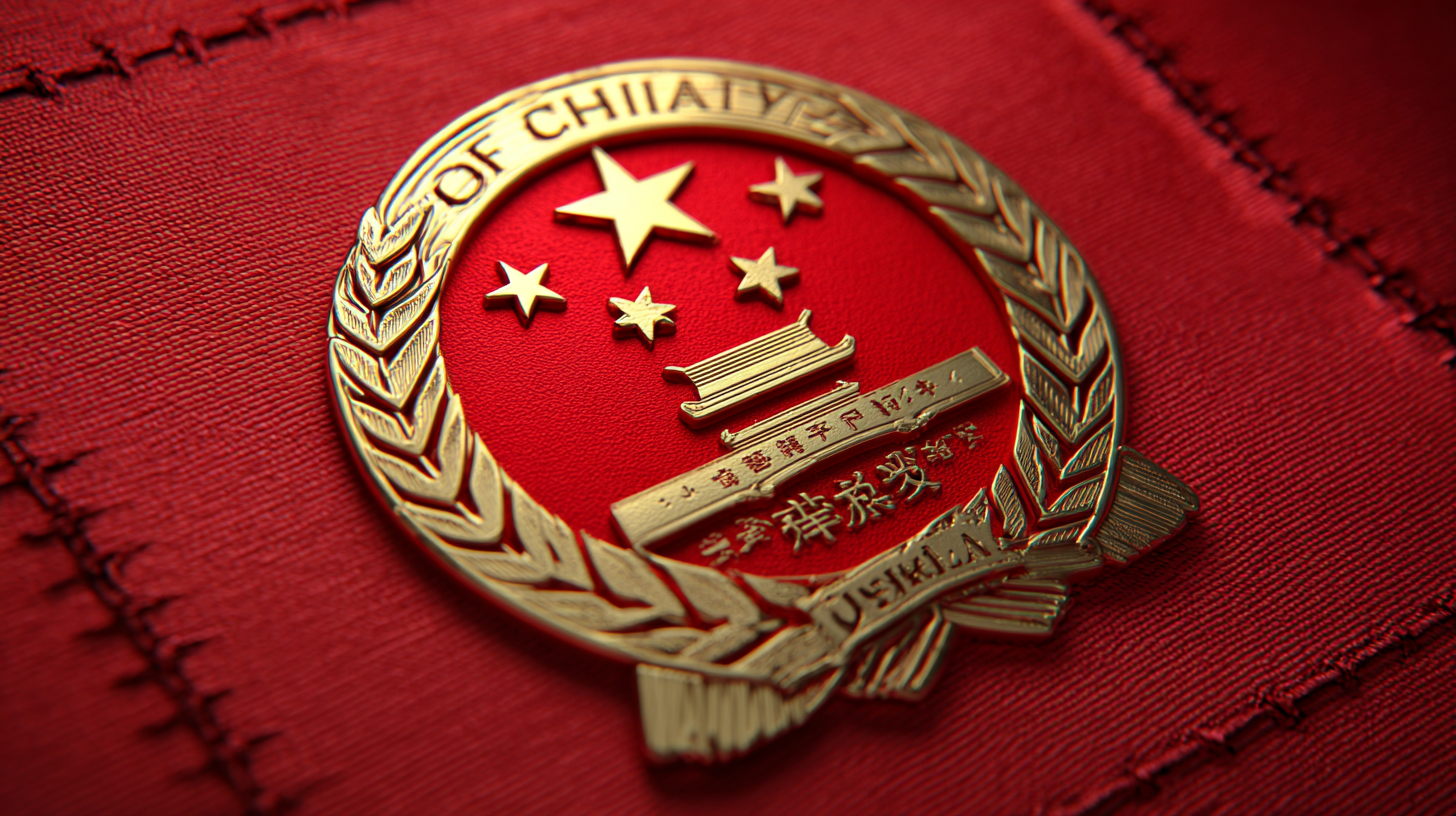
Best China Industry Production Standards What You Need to Know about Compliance and Quality Metrics
In recent years, China has emerged as a global powerhouse in manufacturing, with the sector projected to generate over 30 trillion yuan ($4.6 trillion) in revenue by 2025, according to the China Federation of Industry. As industries rapidly evolve with advanced technologies, understanding compliance and quality metrics becomes crucial for businesses aiming to thrive in the competitive landscape. The trend toward digitalization, automation, and sustainability is at the forefront of China's manufacturing development, significantly influencing production standards. Key reports from the Ministry of Industry and Information Technology indicate a growing emphasis on adhering to international quality benchmarks, which not only enhances product reliability but also meets the increasing demands of both domestic and global markets. This blog will explore the best industry production standards in China, offering insights into compliance strategies and the benefits that come with aligning with these metrics in the face of ongoing technological advancements.

Understanding the Importance of Industry Production Standards in China
In today’s global marketplace, understanding the industry production standards in China is paramount for any business aiming to succeed. These standards serve not only as benchmarks for quality but also as essential guidelines for compliance. For companies entering the Chinese market, familiarity with local regulations, safety requirements, and environmental considerations is crucial. Adhering to these standards ensures that products meet consumer expectations and comply with government regulations, which can significantly affect market access and brand reputation.
Moreover, the significance of these industry standards extends beyond mere compliance; they are critical to fostering trust and reliability among consumers. When manufacturers adhere to strict quality metrics, it reflects their commitment to excellence and customer satisfaction. This commitment can differentiate a brand in a crowded market, leading to increased customer loyalty and enhanced business prospects. As such, understanding and implementing these standards is not only beneficial for legal compliance but also instrumental in cultivating a positive business image in China’s competitive landscape.

Key Compliance Regulations for Different Sectors in China's Manufacturing
As China's manufacturing landscape evolves, compliance with industry-specific regulations is paramount for successful operation. Key compliance regulations vary significantly across sectors, impacting everything from automotive production to chemicals and high-tech manufacturing. For instance, the Bureau of Industry and Security recently proposed rules that impose stringent supply chain compliance requirements on automotive companies sourcing from high-risk regions, including China. This is a crucial consideration for manufacturers aiming to align with international standards while navigating the complexities of cross-border trade.
The 2024-2025 Manufacturing Tracker highlights that the Chinese manufacturing sector is projected to continue its growth trajectory, fueled by an increasing focus on advanced manufacturing and green technologies. By 2029, sectors such as aerospace and commercial space are estimated to be valued at over US$900 billion, indicating the need for robust quality metrics in compliance with evolving standards. Adapting to these compliance measures not only secures market access but also enhances product quality and operational efficiency, essential for competitiveness in a global market increasingly scrutinizing supply chains and manufacturing practices.
Quality Metrics: Defining Success in China’s Production Landscape
In the rapidly evolving landscape of China’s manufacturing industry, understanding quality metrics has become crucial for ensuring compliance and success. According to a recent report by McKinsey, over 70% of manufacturers in China are now prioritizing quality metrics as a key performance indicator, driving improvements throughout the production process. This shift underscores the need for businesses to align their standards with both local regulations and international benchmarks.
To thrive in this environment, companies must focus on defining their quality metrics clearly. Implementing the ISO 9001 standards can help organizations establish a robust quality management system, which has been shown to enhance operational efficiency by up to 30% (source: Deloitte Insights). Additionally, tracking real-time data on product defects and process inefficiencies can offer actionable insights that help in maintaining high-quality production.
Tips:
- Regularly review and update quality metrics to adapt to changing industry standards and consumer expectations.
- Invest in training for employees on quality control measures to foster a culture of excellence and continuous improvement.
- Utilize digital tools and software for better data collection and analysis, ensuring timely decision-making in production processes.
Strategies for Ensuring Compliance with China’s Industry Standards
Ensuring compliance with China’s industry standards is critical for businesses looking to compete in this vast market. According to a report by the China National Institute of Standardization, over 90% of manufacturing sectors are now required to adhere to specific quality metrics. These metrics include strict adherence to product specifications, testing protocols, and environmental standards defined by the Chinese government. Companies that prioritize compliance not only mitigate risks associated with penalties but also enhance their brand reputation among consumers who increasingly value quality assurance.

To effectively navigate these standards, businesses should implement a strategic approach that includes thorough market research and consistent monitoring of regulatory updates. The International Organization for Standardization (ISO) emphasizes that organizations that adopt quality management systems experience a 20% increase in efficiency levels. By investing in training programs and compliance audits, companies can ensure that their operations align with the necessary standards, ultimately leading to improved product quality and market competitiveness. Emphasizing quality as an integral part of the business strategy can foster long-term success in China’s dynamic industrial landscape.
The Role of Technology in Enhancing Production Quality and Compliance
In today's highly competitive manufacturing landscape, leveraging technology is crucial for enhancing production quality and ensuring compliance with industry standards. Advanced tools such as IoT devices, AI analytics, and machine learning are pivotal in monitoring production processes in real-time, allowing businesses to maintain high-quality output while adhering to regulations. Implementing these technologies not only reduces human error but also helps in identifying potential issues before they escalate.
Tip: Investing in IoT solutions can provide you with invaluable insights into your production lines. These devices can track performance and quality metrics continuously, enabling prompt adjustments and fostering a proactive approach to quality management.
Moreover, automation plays a significant role in streamlining compliance processes. Automated systems can manage documentation, perform regular audits, and ensure that every aspect of production conforms to regulatory standards without the constant need for manual intervention. This transition reduces the workload on employees and ensures that compliance is a built-in feature of the manufacturing process.
Tip: Consider utilizing AI-driven compliance management software to automate the tracking and reporting of compliance metrics. This approach frees up your staff's time, allowing them to focus more on strategic improvements rather than routine checks.
